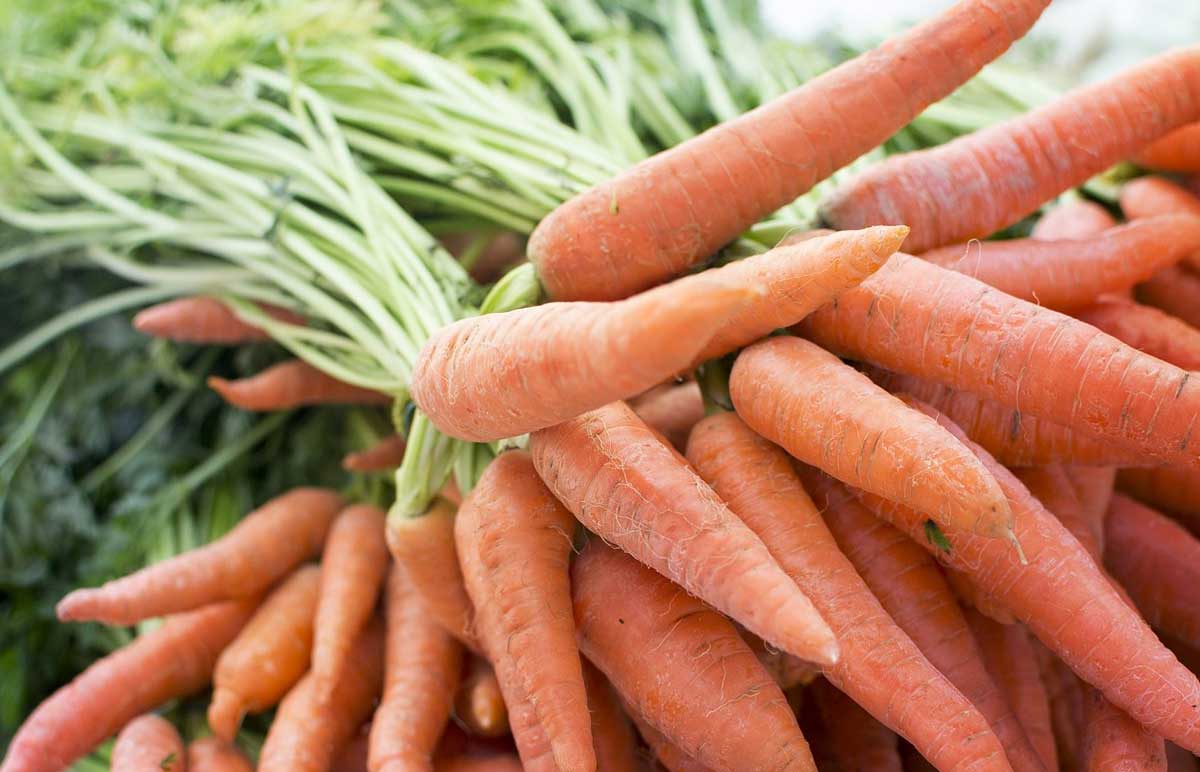Prime
Plant carrots this season

What you need to know:
- Carrot juice is a rich source of carotene and is sometimes used for colouring buffer and other food particles. Carrot tops are used for extraction of leaf protein, as fodder, and also for poultry feed.
Carrot is an important root crop cultivated throughout the world for its fleshy edible roots. Carrot farming is done at the onset of the first or second rainy seasons.
Roots of carrot are used as a vegetable for soups and curries; graded roots are used as a salad, tender roots as pickles also carrot halwa and jam are famous.
Carrot juice is a rich source of carotene and is sometimes used for colouring buffer and other food particles. Carrot tops are used for extraction of leaf protein, as fodder, and also for poultry feed.
Carrots possess many medicinal properties and are used in Ayurvedic medicine. Carrots are a rich source of b-carotene and contain appreciable amounts of thiamine and riboflavin.
Soil requirement for carrot farming
Carrots can be grown well in a wide variety of soils. However, commercial carrot farming’s ideal soil should be deep, loose, well-drained, and rich in humus.
Loamy or sandy loam soils with sufficient quantities of humus are well suited to the cultivation of carrots.
The ideal pH range for obtaining a good yield is 5.5-6.5. Soils with pH up to 7.0 can also be used, but too alkaline or acidic soils are unsuitable for this crop
Climate requirement
Carrot is a cold-weather crop, and it also does well in warm climates. The optimum temperatures for getting excellent growth is between 16 to 20 °C, while temperatures above 28°C drastically reduce top growth.
Temperatures lower than 16°C affect the development of color and result in long slender roots, while higher temperatures produce shorter and thicker roots.
The temperatures between 15 and 20°C result in attractive roots with excellent red colour and quality.
Propagation
Carrots are propagated using seeds. The carrot seeds that are sowing or broadcast in the field with a seed rate of 5 to 6 kg /ha or it can be up to 6 to 9 kg/ha this depends upon carrot variety.
The seeds are small, approximately 800 per gramme. They remain viable for nearly three years and up to 85 percent germination.
However, the germination of some local varieties may be inadequate. Therefore, it is necessary to ascertain the germination percentage when calculating the seed requirement.
It is also necessary for the best results to procure clean, healthy, and viable seeds from reliable sources. The seeds take approximately 7-21 days for complete germination.
The best seed germination occurs at 20-30°C.
The best time for carrots cultivation is at the onset of the first rainy season in late March or early April.
Planting of carrot
The soil for carrot cultivation should be properly prepared to get the desired yield. Therefore the field must provide a loose, friable, deep, and well-drained for seeds to germinate.
This can be achieved by repeated deep plowing at least 20-30 cm deep followed by harrowing, leveling, and cleaning.
All old debris or remains of previous crops should be removed completely to obtain the desired seedbed condition. Since the seeds are very small and delicate, the seedbed should be very finely prepared. Beds of convenient size should be prepared before sowing.
The seeds are either broadcast, drilled, or dibbled by hand and are mixed with sand, ash, or fine soil to facilitate sowing. The seeds are sown either in ridges or a flatbed.
In any case, a shallow furrow is made 30-45 cm in length. When the seeds are dibbled, they are sown with 7.5-10 cm spacing.
With such conditions, about 4- 6 kg of seeds are needed per hectare.
Then seeds are lightly covered with soil or sand. Some growers irrigate the field about 24 hours before sowing to ensure that adequate moisture is present at the time of sowing. Many varieties germinate in about 10-15 days.
Fertiliser application
Fertiliser recommendations should be based on soil analyses. Farm manure at the rate of 30 tonnes per hectare is applied at the final plowing, and dosage of 40 to 60 kg nitrogen, 25 to 50 kg of phosphorus, and 90 to 110 kg of potassium per hectare is recommended has a basal dosage
2-3 tons of farmyard manure at the time of land preparation along with 50 kg nitrogen, 40 kg phosphorus, and 50 kg potash per hectare.
Weed control
Weeds compete with the crop; therefore, weeds can be controlled mechanically, by hand, mulching, and chemically or by combining all these methods.
Earthing should be done at 60 to 70 days after sowing to help in the development of roots.
The soil is earthed up covered the top of developing roots to prevent loss of colour of tops; the tops become green and toxic when exposed to sunlight.
Harvesting
Early carrots are harvested when they are partially developed. For distinct markets, otherwise, they are retained in the soil till they reach the full maturity stage they should not be retained full maturity stage because they become hard and is unfit for consumption.
Carrots are harvested when the roots are about 1.8 cm or larger in diameter at the upper end. The soil may be loosened with a special plow (carrot lifter) or an ordinary plow.
Germination
The germination of some local varieties may be inadequate. Therefore, it is necessary to ascertain the germination percentage when calculating the seed requirement..




